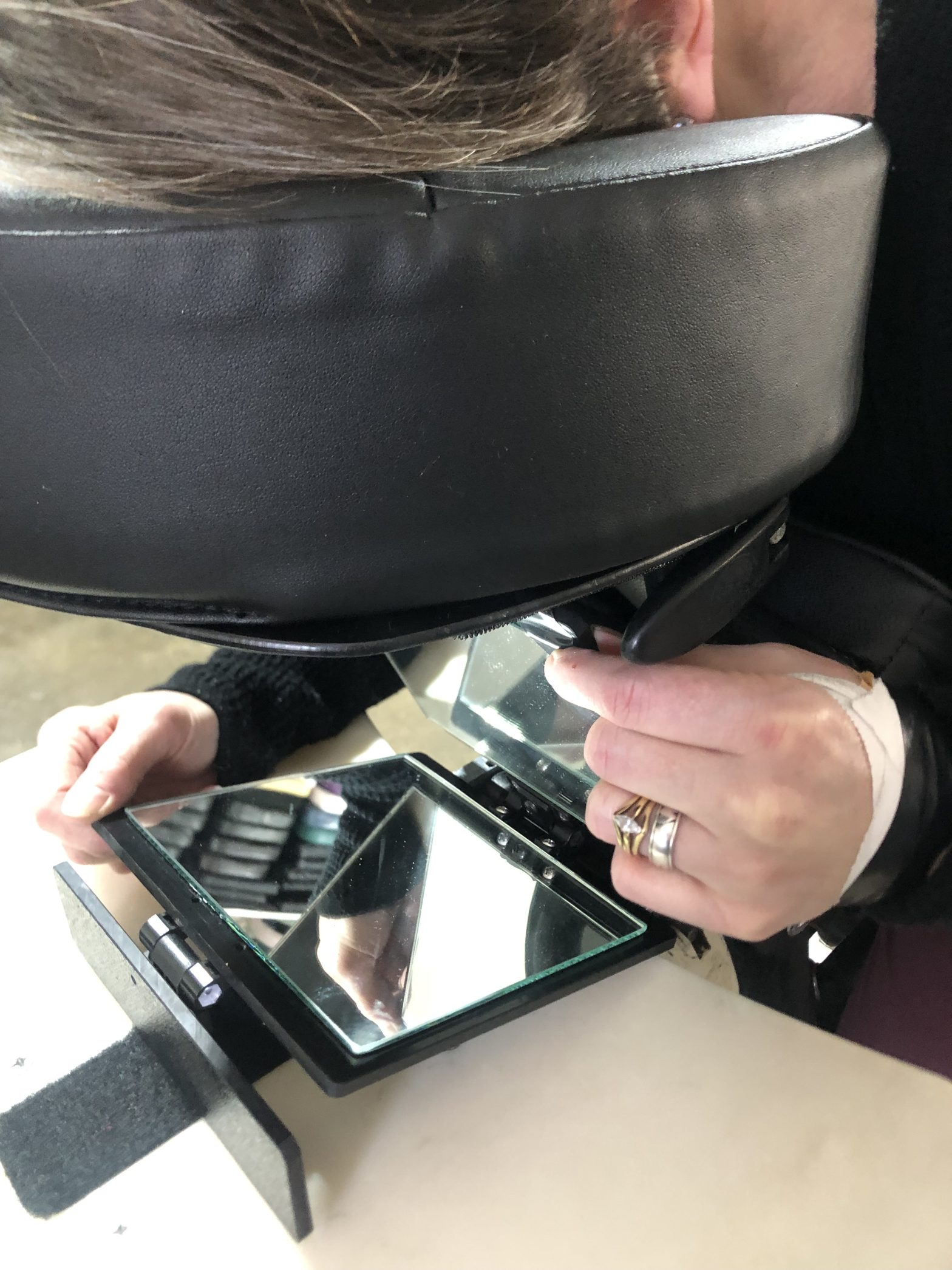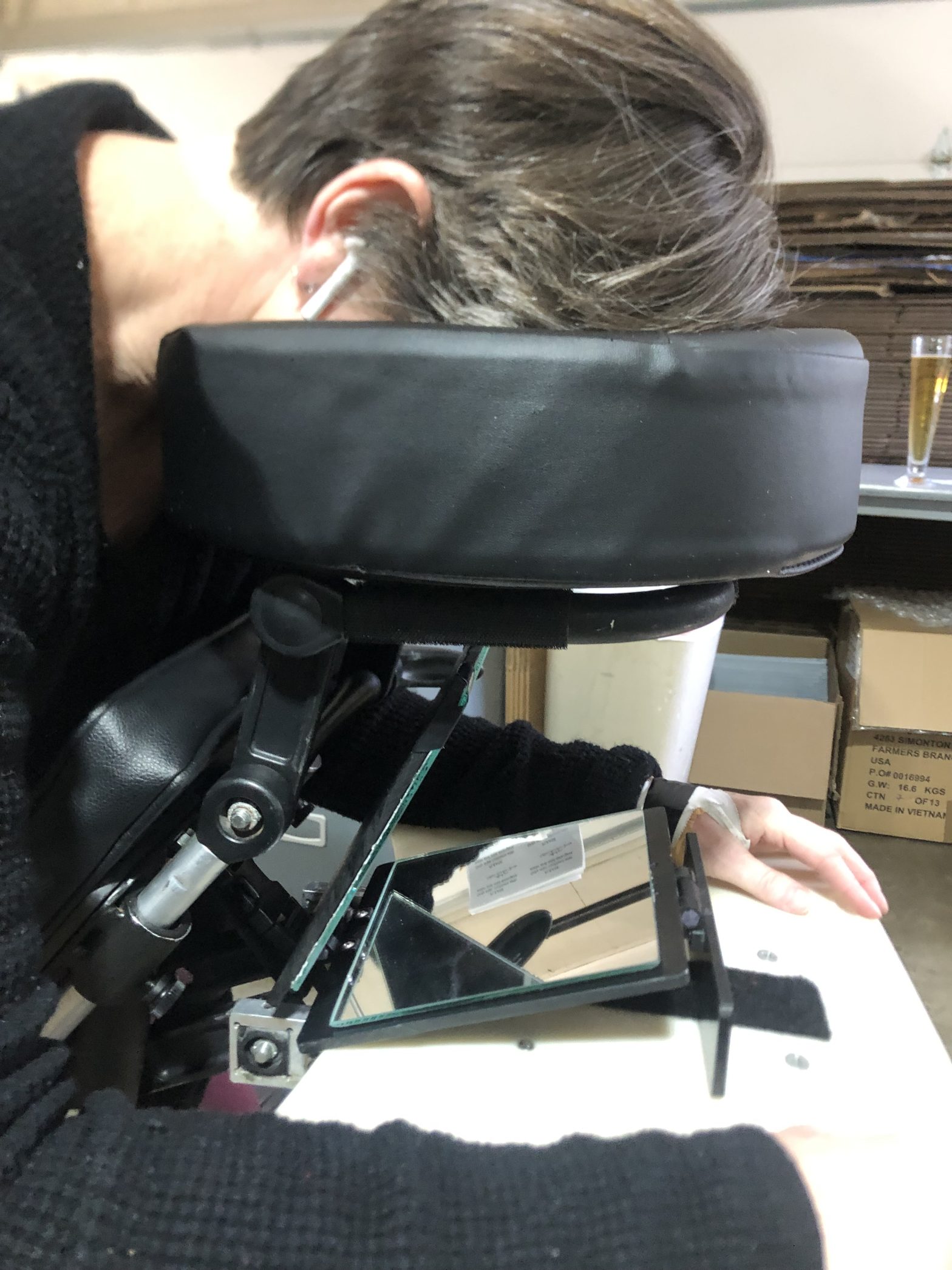Amongst the most beneficial surgical treatments in saving and restoring eyesight, vitrectomy surgery cannot be ignored. Indeed, this surgery is usually looked upon by doctors for surgeries about serious conditions such as retinal detachment, holes in the macula, or vision loss due to diabetes. But the truth is that the performance of any good surgeon is instrument-dependent. That is where the term vitrectomy equipment comes in.
This blog provides a brief overview of what a vitrectomy tool is, its main components, and a general overview of the surgery.
An Overview of Vitrectomy Surgery
So what is a vitrectomy? It is a surgery in which the vitreous gel, the clear, jelly-like stuff that fills the eye, is removed with great care. It is performed to treat retinal problems, which is perhaps the most sensitive area of the eye. Because the retina is such a delicate area, most of the time surgery requires a lot of precision. Hence, specialized equipment becomes indispensable.
Usually, in conditions such as retinal detachment, macular holes, vitreous hemorrhage, complications from diabetic retinopathy, and epiretinal membrane removal, doctors advise their patients to undergo vitrectomy.
But success in all these cases will depend on two things: the surgeon’s vitrectomy surgery experience and the quality of the equipment used.
Making Sense of Its Main Components
Vitrectomy equipment does not mean a single device; it’s a whole system set to guide the surgeon during each stage of the surgery. Let’s walk through its main constituent parts:
The Vitrectomy Machine
This is the control center commanding suction, cutting, and infusion, assuring that everything runs smoothly. The surgeon is free to adjust cutting speed, regulate aspiration (that’s the safe removal of the gel), and maintain infusion pressure to help ensure stability of the eye’s shape during surgery.
Vitreous Cutters
Small, yet powerful devices. A vitreous cutter performs an extremely precise and rapid removal of gel from inside the eye. They are designed to create minimal trauma, allowing swifter recoveries in most cases.
Illumination Systems
Good visibility is everything in eye surgery. Fiber-optic lighting systems give surgeons clear, bright views without generating excessive heat that could damage delicate eye tissues.
Forceps and Scissors
Even the tiniest scar and filament must be precisely removed. Specially designed forceps and scissors enable the delicate tasks with great control and confidence.
Endo-Illumination Probes
These probes are used by the surgeons to view the retina through the eye. They not only have superior surgical microscopes but also provide the highest clarity necessary for even the most complex procedures to be performed in utmost safety.
Advantages of Quality Equipment
Patients stand to gain much from using modern vitrectomy equipment in surgery. Precision instruments reduce the complication rate. Advanced fluidics systems keep the eye stable during the whole procedure. High-end machinery reduces the operation time, thus causing less discomfort and accelerating recovery. Better tools in the end lead to better results-clearer vision, and equally smooth healing.
Selecting the Right Equipment
Investing in vitrectomy equipment for hospitals and clinics is not simply buying machines; it involves choosing the best equipment of all types. High-speed cutters, integrated illumination, and intuitive controls are just a few of the higher-value adds. They also consider reliability and after-sales support, as this is equipment that surgeons really need to count on for every single case.
Most importantly, patient safety should be at the forefront of the equipment’s design, ensuring minimum trauma and maximum precision.
What Lies Ahead
The future of vitrectomy surgery is bright. Instruments are continuously being made smaller, thus leading to less invasive surgeries and shorter recovery times. Integration of real-time imaging systems into equipment is taking place to provide an extra measure of accuracy for the surgeons. The procedures are becoming more predictable and more efficient than ever, thanks to smarter automated controls.
Conclusion
In modern eye surgery, vitrectomy equipment serves as the central hub, into which instruments ranging from high-speed cutters to advanced illumination systems are integrated. Each one plays an important role in patient rehabilitation and regaining sight.
Scouter Medical has made it a priority to provide the best tools for the surgeons-one cannot compromise where vision is concerned.












